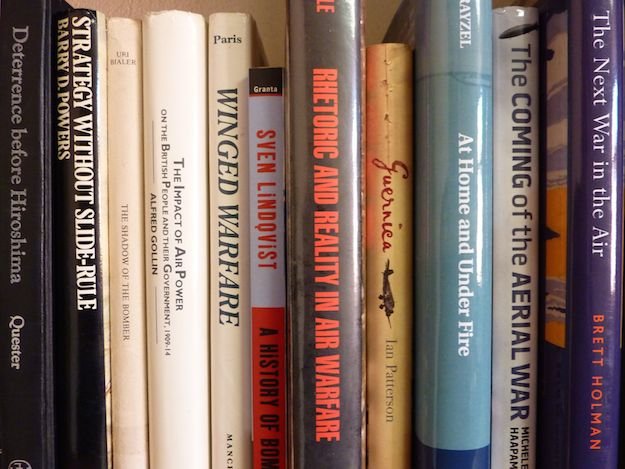Secret Zeppelin bases in Britain — III
So, in the previous post in this series, I explained why (at least to a proximate cause) in 1914 people around Britain started worrying that German spies had gone around the country building concrete platforms for heavy artillery, as supposedly had been done before the war near Maubeuge and Antwerp. But what I didn’t do […]


